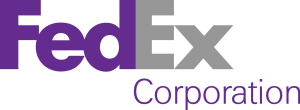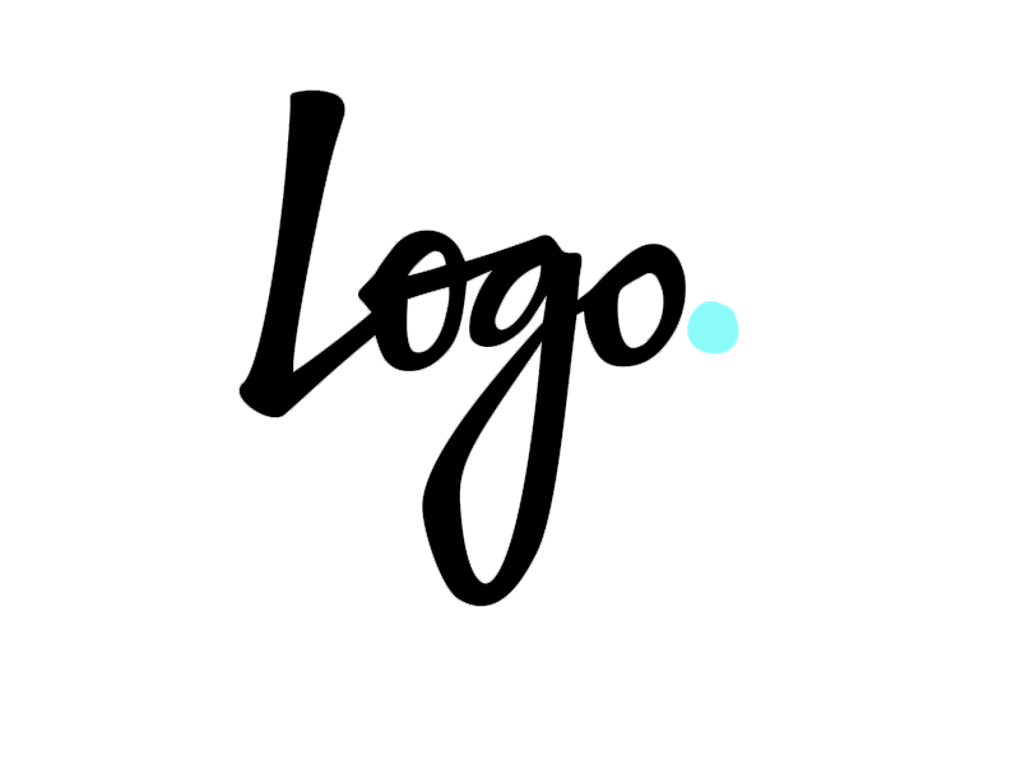Brain Marketing Your Logo
Do you have a business logo? When starting out, it’s customary to create a logo image to identify your business. A logo is your visual shortcut so viewers automatically know it’s you and not the other guy.
Logos, however, are more than recognition images and name abbreviations. They are compact information containers sending multiple messages to every viewer’s brain for decoding.
According to Paul Rand, eminent art director and graphic designer who created the corporate logos for IBM, UPS, Enron, Morningstar, Inc., Westinghouse, ABC, and NeXT,
“A logo derives meaning from the quality of the thing it symbolized, not the other way around.”
Logo Qualities
Logos convey qualities of –
 Uniqueness & Relatability
Uniqueness & Relatability
 Values & Mission
Values & Mission
 Memory & Emotion
Memory & Emotion
 Positivity & Trustworthiness
Positivity & Trustworthiness
Logos are a merger of marketing and neuroscience. Marketing’s job is to convey information in a way that’s most receptive. Part of neuroscience’s job is to determine where and how this information becomes more receptive.
Author, Chris Bolman, identifies 5 key brain interactions with logos.
- Visual capture and transmission where the brain immediately begins to process for recognition between what is known and unknown for images, words or numbers. Bolman cites a Nielsen study where 60% of consumers prefer to purchase new products from a familiar brand.
- Shape recognition focuses on the edges of lines and how they outline the dimensions of a form. This also includes font styles. It’s a subconscious aspect as “Curves are typically more inviting, whereas, sharp angles and edges can represent power but may also trigger aversion.”
- Visual mapping extends to perceiving color and its memory associations. There are numerous color charts that break out each color and its emotional association. The power of engagement of viewers increases with color as compared to black & white images.
- Memory matching is where the brain is seeking to find familiar or similar patterns. When activated, deep parts of the neural network respond with positive, emotional associations and reward sensations. Such associations affect behavior, as in the example of the affinity for certain fast-food brands.
- Enrichments are other attributes which become brain linked. These attributes, according to Bolman, “include specific products, slogan, store locations, supplementary imagery and associations we’re familiar with.” He cites how the new PayPal CMO (chief management officer) rebranded to “communicate speed” for customers who valued “fast.”
I want to leave you with this thought from Chris Bolman:
“Branding is processed throughout our brains across memory, emotions, reward centers, self-understanding, social relationships and even less direct associations. Ultimately, all of these identity elements and experiences come to represent your brand.”
Perhaps it’s time to take a fresh look at your brand. Is your logo effectively communicating what you want it to? Is it time for a new logo? Or, is it time to add one if you haven’t done so already (of which I am totally guilty)?
What does your logo say to the viewers who come to your website?
Resources:
https://blog.percolate.com/2014/12/neuromarketing-how-the-human-brain-experiences-your-brand/
Images: all images are Wikimedia Commons
